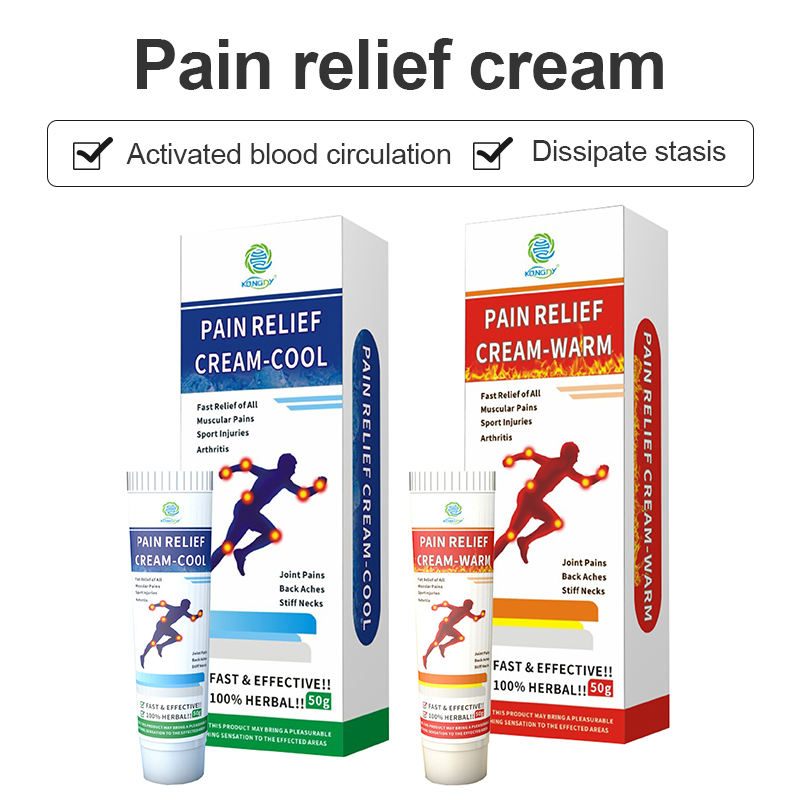The pain cream Original Equipment Manufacturing (OEM) sector is experiencing rapid growth as demand for topical pain relief solutions continues to rise. To thrive in this competitive landscape, OEM manufacturers must employ strategic approaches that set them apart from the competition while meeting the evolving needs of clients and end-users alike.
- Embracing Innovation in Formulation
Successful pain cream OEMs are those that prioritize innovation in their product formulations. This involves:
Incorporating Natural Ingredients: With a growing consumer preference for natural products, OEMs should explore plant-based analgesics and essential oils.
Enhancing Absorption Technology: Developing creams with improved transdermal delivery systems can increase efficacy and consumer satisfaction.
Targeting Specific Pain Types: Creating specialized formulations for different pain categories (e.g., neuropathic, inflammatory) can help OEMs capture niche markets.
- Strengthening Quality Assurance Processes
Maintaining high-quality standards is paramount in the pain cream OEM industry. Manufacturers should focus on:
Implementing Rigorous Testing Protocols: Regular testing for potency, purity, and stability ensures consistent product quality.
Adopting Good Manufacturing Practices (GMP): Adhering to GMP standards can enhance credibility and open doors to more prestigious clients.
Investing in Advanced Equipment: State-of-the-art manufacturing and packaging equipment can improve product consistency and reduce contamination risks.

- Expanding Service Offerings
To provide added value to clients, pain cream OEMs can consider:
Offering Private Label Services: This allows brands to enter the market quickly with custom-branded products.
Providing Research and Development Support: Assisting clients in developing unique formulations can foster long-term partnerships.
Offering Packaging Design Services: Creating attractive, functional packaging can help products stand out on shelves.
- Building Strong Supply Chain Relationships
A robust supply chain is crucial for OEM success. Manufacturers should focus on:
Diversifying Supplier Networks: This helps mitigate risks associated with supply chain disruptions.
Establishing Long-term Partnerships: Building strong relationships with suppliers can lead to better pricing and priority access to high-quality ingredients.
Implementing Traceability Systems: This ensures transparency and helps maintain quality control throughout the supply chain.
By focusing on these key areas, pain cream OEM manufacturers can position themselves for long-term success in this growing market. As the industry evolves, those who can adapt quickly and maintain a commitment to quality and innovation will undoubtedly lead the way in meeting the world’s increasing demand for effective topical pain relief solutions.






